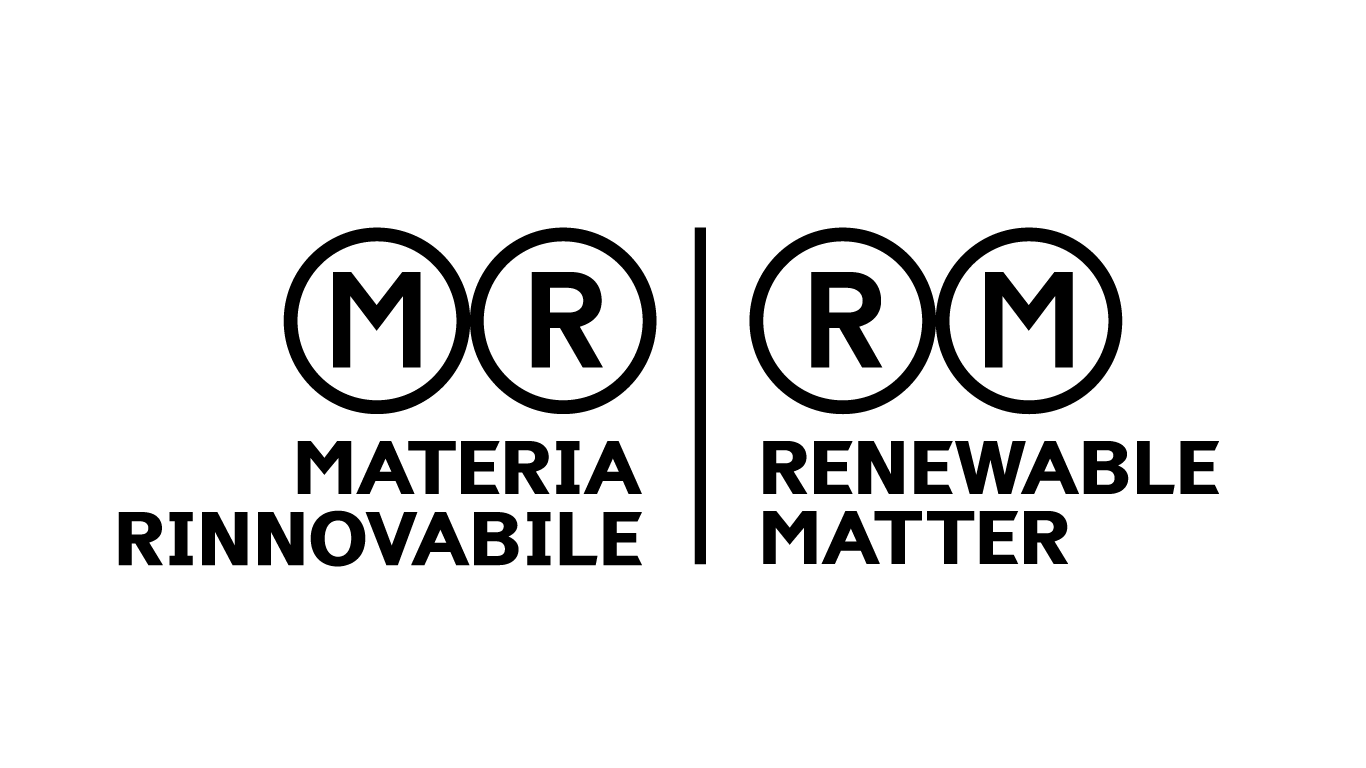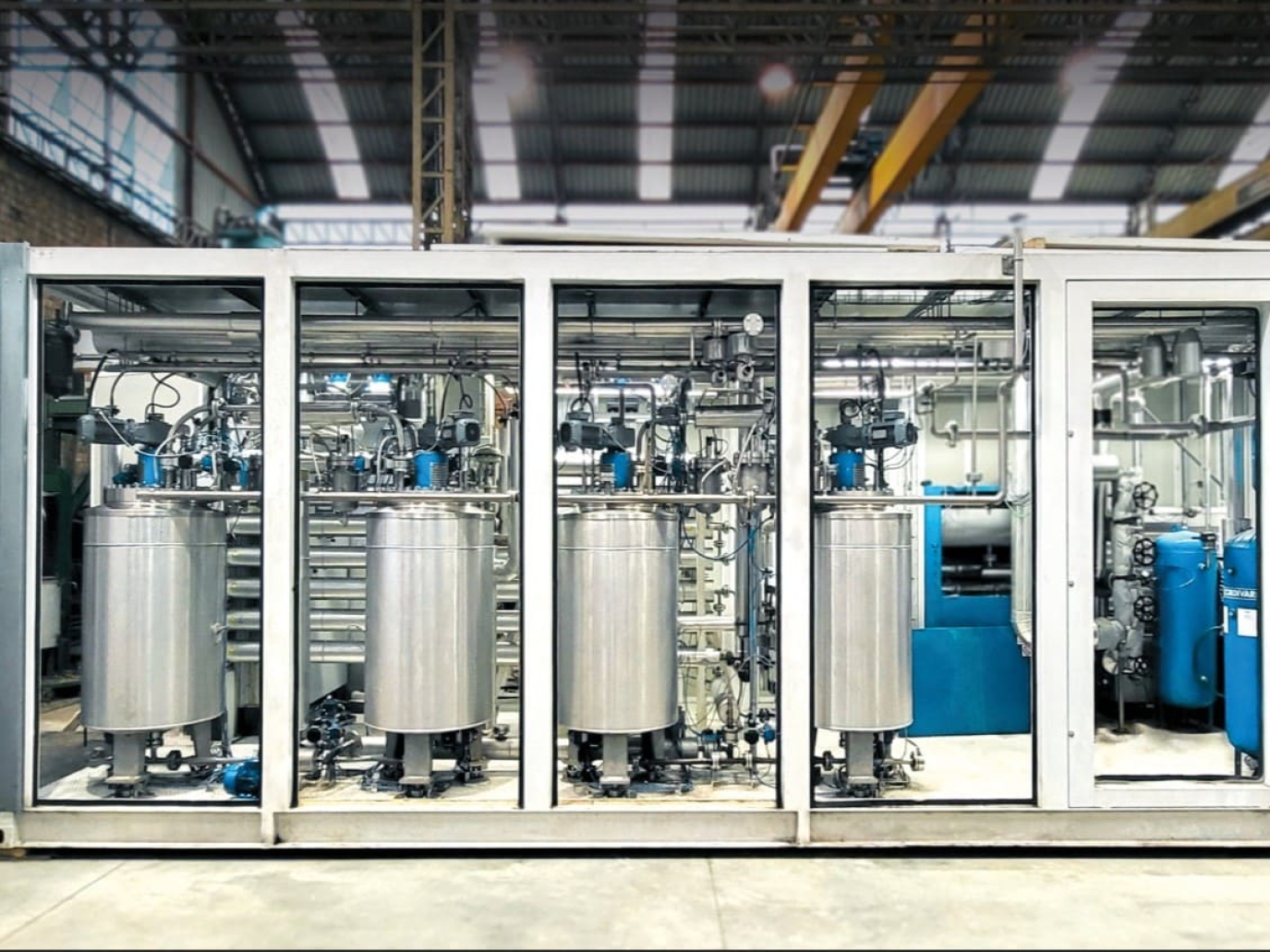
This article is also available in Italian / Questo articolo è disponibile anche in italiano
Resistant to water, grease and high temperatures. But also indestructible, “silent” and by now omnipresent. PFAS, per- and polyfluoroalkyl substances, have become a symbol of new environmental emergencies. Used for decades in industrial products and processes, from non-stick linings to fire-fighting foams, they owe their popularity to the extraordinary chemical stability of their bonds. However, it is precisely this characteristic that makes them almost impossible to eliminate once they are released into the environment.
In fact, PFAS persist in rivers and soil, accumulate in living organisms and concentrate along the food chain. PFAS have a “double-sided” structure: hydrophilic and hydrophobic at the same time, they can travel in water but also bind to soil, making their environmental fate difficult to predict.
As a result, what once fostered industrial development and countless applications has now become a problem for public health and natural resource management. To address this issue, in addition to limiting its use in industrial processes, more efficient removal techniques and more accurate monitoring systems are currently being developed. For this vast family of over ten thousand chemicals remains, for the most part, an unknown frontier.
How can PFAS be destroyed?
PFAS enter the environment in many ways: industrial waste, water used in production processes, and leachate from landfills. Once in the soil or rivers, these compounds are difficult to eliminate and end up contaminating aquifers and water basins. Without restrictions on the use of PFAS, the remediation of contaminated sites could cost European countries up to 100 billion euros per year.
“Destroying them is not simple,” explain Marco Piva, CTO, and Lucia Zanetti, R&D project manager at HBI, an Italian company specialising in advanced technologies for sludge recovery, to Renewable Matter. The company has developed and applied the first poly-generative and circular technology for the treatment of sewage sludge. “Many treatments that promise to eliminate them actually only achieve partial degradation, breaking down the molecules into different but often equally persistent chemicals. These molecules are still perfluoroalkyl compounds, but recognising them would require an analysis technique capable of distinguishing between thousands of different molecules, making analytical determination unfeasible. The only way to truly discuss elimination is through mineralisation, i.e. the complete breakdown of carbon-fluorine bonds. Only in this way can harmless products such as carbon dioxide, water and hydrofluoric acid, which is the inorganic form of fluorine, be obtained. The problem is that achieving mineralisation requires extreme conditions: very high temperatures, reactive environments, and sophisticated and expensive processes. According to the United Nations Environment Programme, adequate removal in oxidative thermal treatments requires at least 1,100 °C maintained for two seconds. Below these thresholds, there is a risk of obtaining only an apparent transformation, with the formation of derivatives that escape laboratory analysis.”
Potential technologies available today, from destruction to analysis
“The potential technologies currently under investigation range from high-temperature heat treatments to radical and UV processes, which generate reactive species capable of attacking C–F bonds,” continues Lucia Zanetti. “There are also more innovative approaches, such as mechanochemical techniques based on high-energy grinding or sonochemistry, which uses the implosions of microbubbles produced by ultrasound to create extreme microenvironments. These are all promising approaches, but they are still far from widespread large-scale application, both because of their technical complexity and the energy costs involved.”
The issue is also far from resolved when it comes to analysis. Understanding whether a treatment has truly eliminated PFAS requires reliable parameters, but no single tool seems adequate on its own. “Total fluoride analysis, for example, has insufficient sensitivity with regard to toxic concentrations. Furthermore, determining total organic fluoride would be useful for tracing the presence of PFAS and closing a mass balance, but it risks including other fluorinated organic molecules. Scientific studies are increasingly using hydrofluoric acid measurements, considered a good indicator of the degree of mineralisation, but the difficulty of sampling limits its reliability. For this reason, experts agree on the need to combine multiple methods and the use of reference samples to distinguish degradation products from contaminants already present in the environment.”
The HBI experience
HBI carried out three experimental campaigns to test the effectiveness of its technology, which integrates HTC and gasification thermochemical processes with syngas combustion in the degradation of PFAS contained in sewage sludge.
“The aim of the campaigns was to understand how the PFAS contained in the sludge would behave during the various treatment steps,” explains Marco Piva. “What emerged is that PFAS tend to concentrate mainly in hydrochar [the solid product resulting from the HTC process, ed], which is therefore still heavily polluted by the compounds, while a small part may be found in HTC gas. About half of the PFAS originally contained in the sludge stays in the process water that is recirculated to the purifier. During gasification, it appears that almost all the PFAS analysed contained in the hydrochar volatilise, considering the temperatures involved, releasing the solid fraction and concentrating them in the syngas. We are working to maximise the fraction of PFAS that are distributed in the syngas in order to have a final stream to treat. At this point, ensuring the mineralisation conditions suggested by the United Nations Environment Programme during the combustion of syngas in the furnace becomes a matter of furnace engineering design, which we have been working on.”
In any case, in order to determine the total fluorine balance, which would ensure complete determination of the evolution of these molecules, the greatest limitation remains the availability of adequate analytical techniques. Standard techniques only allow total fluoride to be measured at relatively high concentrations (in the order of ppm, parts per million), while PFAS are harmful at levels a thousand times lower. Hence, Lucia Zanetti concludes, “HBI's approach of guaranteeing compliance with the above-mentioned mineralisation conditions as a starting point for subsequently optimising its technology.”
This content is produced thanks to the support of sponsors
Cover: HBI



